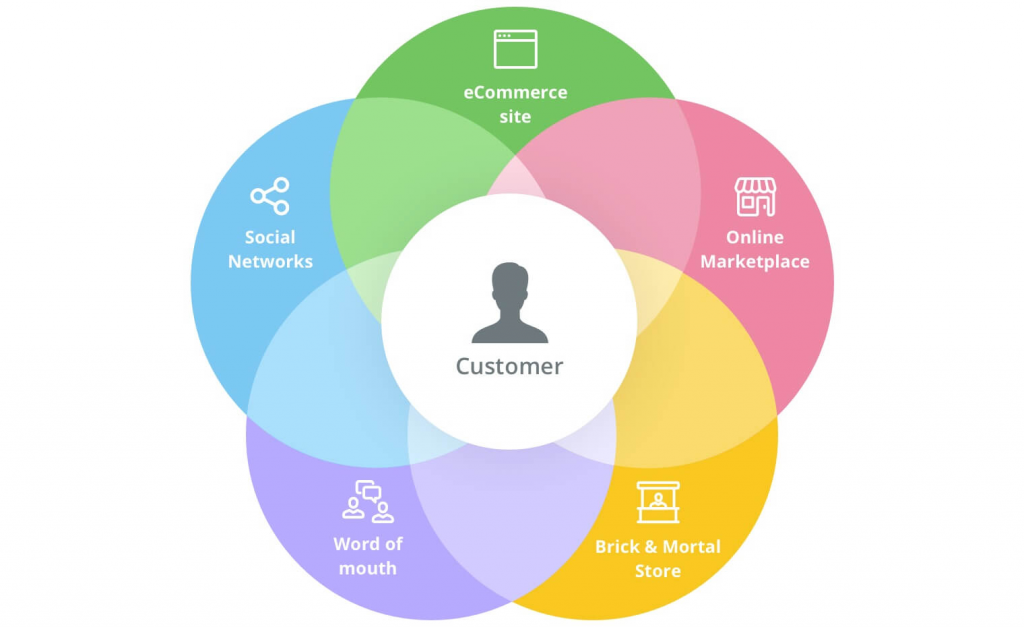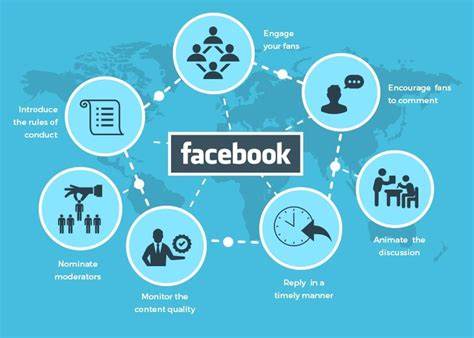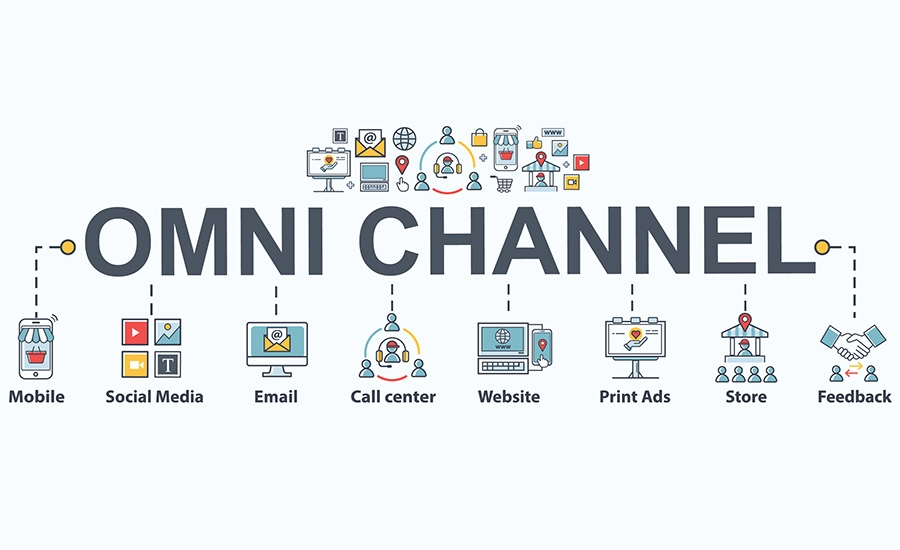In a rapidly evolving digital landscape, businesses must adapt to keep up with consumer expectations. Omni-channel marketing has emerged as a game-changing approach, revolutionizing how brands engage with their audiences. By integrating various communication platforms seamlessly, businesses can deliver a cohesive and personalized customer experience. This strategy is not just a trend; it’s a necessity for staying competitive. As customers navigate between devices and platforms, an interconnected marketing approach ensures they remain engaged and satisfied throughout their journey. Let’s explore why omni-channel marketing is shaping the future and how businesses can harness its potential.
1. Understanding Omni-Channel Marketing
Omni-channel marketing goes beyond simply being present on multiple platforms. It’s about creating a unified brand experience across all channels. Whether a customer interacts with your business via a website, social media, or in-store, the messaging, tone, and functionality remain consistent.

This approach considers the entire customer journey, emphasizing the importance of interconnectivity between platforms. For example, a customer might browse a product on your app, receive a reminder via email, and complete the purchase in-store. Omni-channel ensures this experience is smooth and cohesive, enhancing satisfaction and loyalty.
2. Benefits of Omni-Channel Marketing
Enhances Customer Experience
A seamless experience across platforms reduces friction in the buying process. Customers appreciate when their preferences and previous interactions are acknowledged.
Boosts Customer Retention
By providing consistent interactions, businesses build trust and loyalty, encouraging repeat purchases and long-term relationships.
Increases Revenue
Brands adopting omni-channel strategies often see higher conversion rates and average order values. The personalized and consistent approach drives more purchases.
Strengthens Brand Loyalty
Customers are more likely to stick with a brand that understands their needs and provides a hassle-free shopping experience across all touchpoints.
3. Key Components of an Omni-Channel Strategy
Data Integration
Centralizing customer data is crucial for a successful omni-channel approach. Integrated systems allow businesses to track user behavior and preferences across platforms.
Consistent Messaging
Ensuring uniformity in branding and communication strengthens recognition and trust. This includes visuals, tone, and key messages.
Cross-Platform Accessibility
Consumers should have a seamless experience regardless of the device or platform they use. Optimizing for mobile, desktop, and in-store interactions is essential.
Real-Time Engagement
Responding promptly to customer actions enhances the user experience. Whether it’s live chat support or instant order updates, real-time interactions leave a positive impression.
4. Why Omni-Channel Marketing is the Future
Shift in Consumer Behavior
Today’s consumers switch between platforms effortlessly. They might research a product on Google, check reviews on social media, and make a purchase on a retailer’s app. Omni-channel strategies cater to these behaviors by ensuring consistency at every step.
Rise of Personalization
With advanced analytics and AI, businesses can offer highly personalized experiences. Omni-channel marketing leverages this technology to anticipate customer needs and tailor interactions accordingly.
Expanding Digital Ecosystem
The proliferation of devices and platforms means customers expect businesses to meet them where they are. From wearables to voice-activated devices, the omni-channel approach adapts to these changes.
Competitive Advantage
Brands that adopt omni-channel marketing stand out by delivering superior customer experiences. In contrast, those relying solely on traditional methods risk falling behind.
5. Steps to Build an Effective Omni-Channel Strategy
Understand Your Audience
Start by analyzing customer behavior and preferences. Use analytics tools to gather insights into how they interact with your brand across platforms.
Invest in Technology
Adopting CRM systems, automation tools, and analytics software helps streamline data management and improve decision-making.
Optimize for Mobile
With a significant portion of interactions happening on mobile devices, ensuring a mobile-friendly experience is crucial.
Use Consistent Branding
Every channel should reflect your brand’s identity. Consistency builds recognition and trust among your audience.
Leverage Customer Feedback
Regularly gather feedback to understand pain points and improve the overall experience.
6. Success Stories in Omni-Channel Marketing

Starbucks
Starbucks’ loyalty app is a prime example of omni-channel success. Customers can order via the app, pay in-store, and earn rewards seamlessly across platforms. This integration has enhanced convenience and boosted customer loyalty.
Amazon
Amazon’s synchronized ecosystem allows users to browse on one device, continue on another, and receive tailored recommendations. This interconnected experience drives conversions and customer satisfaction.
Nike
Nike’s omni-channel strategy combines its app, website, and in-store technology to offer personalized shopping experiences. Features like app-exclusive discounts and in-store pick-up options highlight their customer-centric approach.
7. Challenges of Omni-Channel Marketing
Data Management
Collecting, organizing, and utilizing customer data effectively requires robust systems and expertise.
Integration of Platforms
Ensuring all platforms work together seamlessly can be complex and resource-intensive.
High Costs
Implementing an omni-channel strategy involves significant investment in technology and training.
Measuring ROI
Tracking the effectiveness of an interconnected strategy can be challenging, especially when multiple touchpoints are involved.
8. Tools to Support Omni-Channel Marketing
Customer Relationship Management (CRM)
CRMs like Salesforce or HubSpot help businesses manage and analyze customer interactions across platforms.
Marketing Automation Platforms
Tools like Mailchimp or Marketo enable automated, personalized communication at scale.
Data Analytics Software
Google Analytics and similar tools provide insights into user behavior, helping businesses refine their strategies.
Social Media Management Tools
Platforms like Hootsuite or Buffer streamline the process of managing and analyzing social media campaigns.
9. Future Trends in Omni-Channel Marketing

AI and Machine Learning
AI will play a pivotal role in analyzing customer data and predicting behavior, enabling even more personalized experiences.
Voice Commerce
As voice-activated devices gain popularity, optimizing for voice search and commands will become integral to omni-channel strategies.
Augmented Reality (AR)
AR enhances the shopping experience, allowing customers to visualize products in real-world settings.
Sustainability and Ethical Practices
Consumers are increasingly drawn to brands that align with their values. Integrating sustainable practices into omni-channel marketing will resonate with this audience.
Conclusion
Omni-channel marketing represents the future of digital strategies by prioritizing seamless, personalized customer experiences. As businesses adapt to evolving consumer expectations, implementing a robust omni-channel approach becomes imperative. By leveraging data, investing in technology, and maintaining consistency across platforms, brands can foster loyalty, increase revenue, and stay ahead of the competition. Now is the time to embrace this transformative strategy and set your business on the path to long-term success.

Leave a Reply